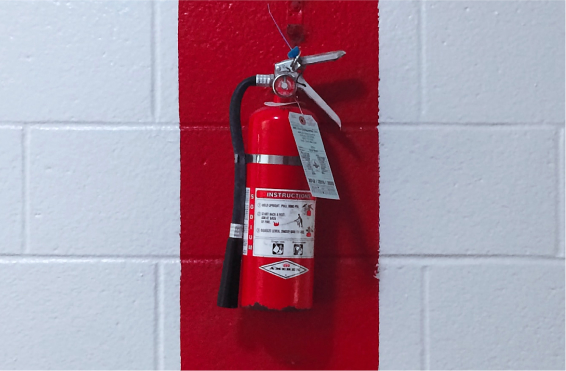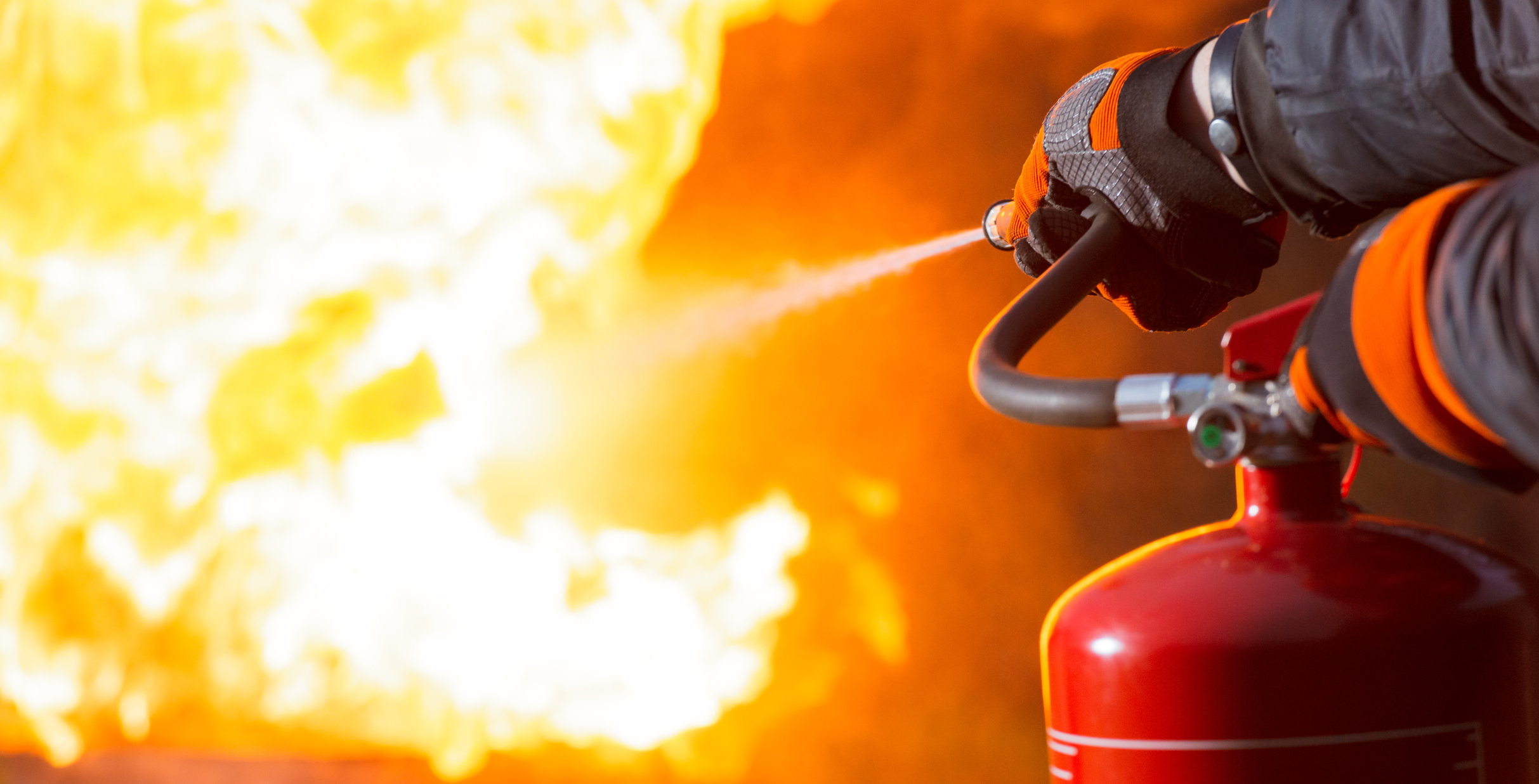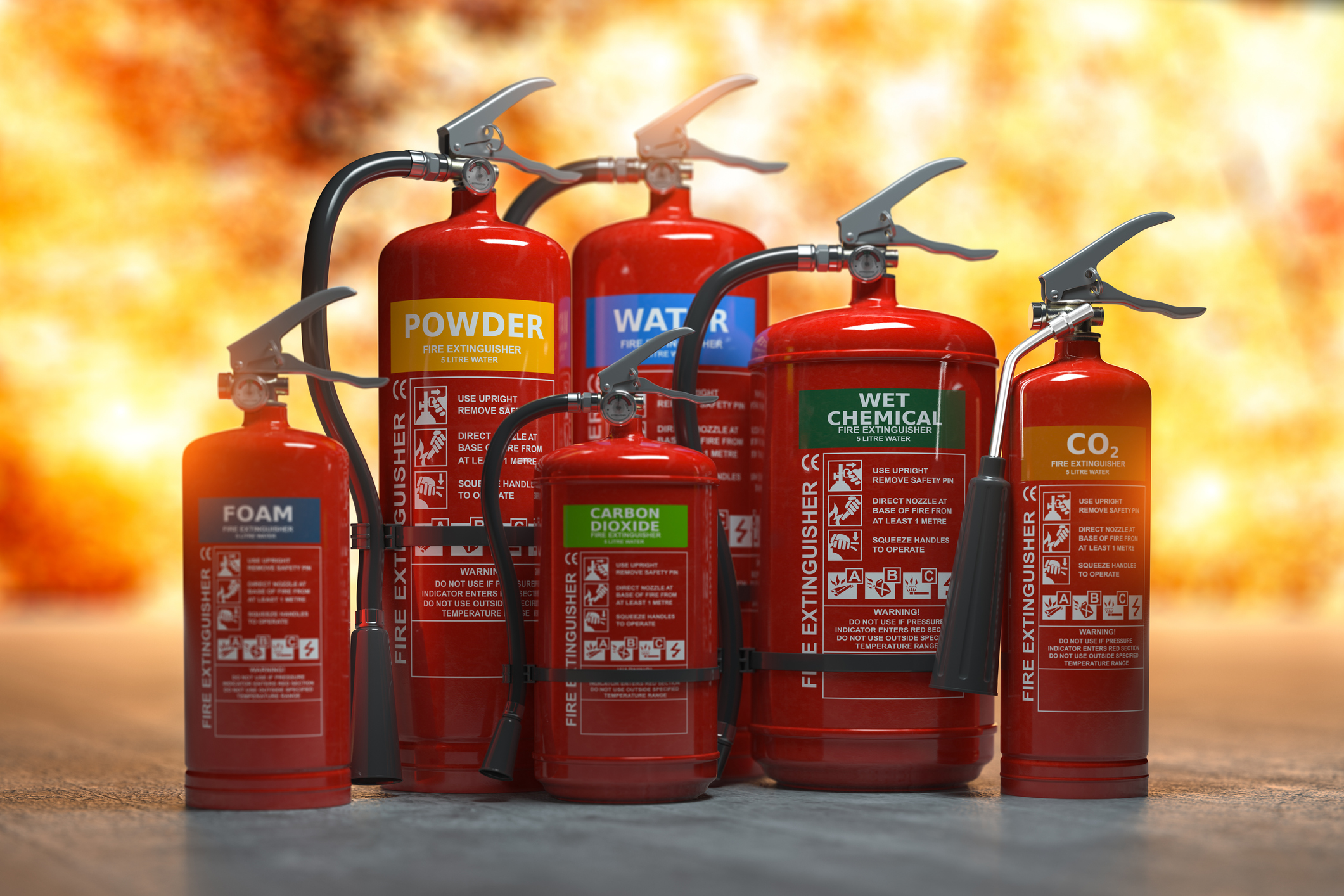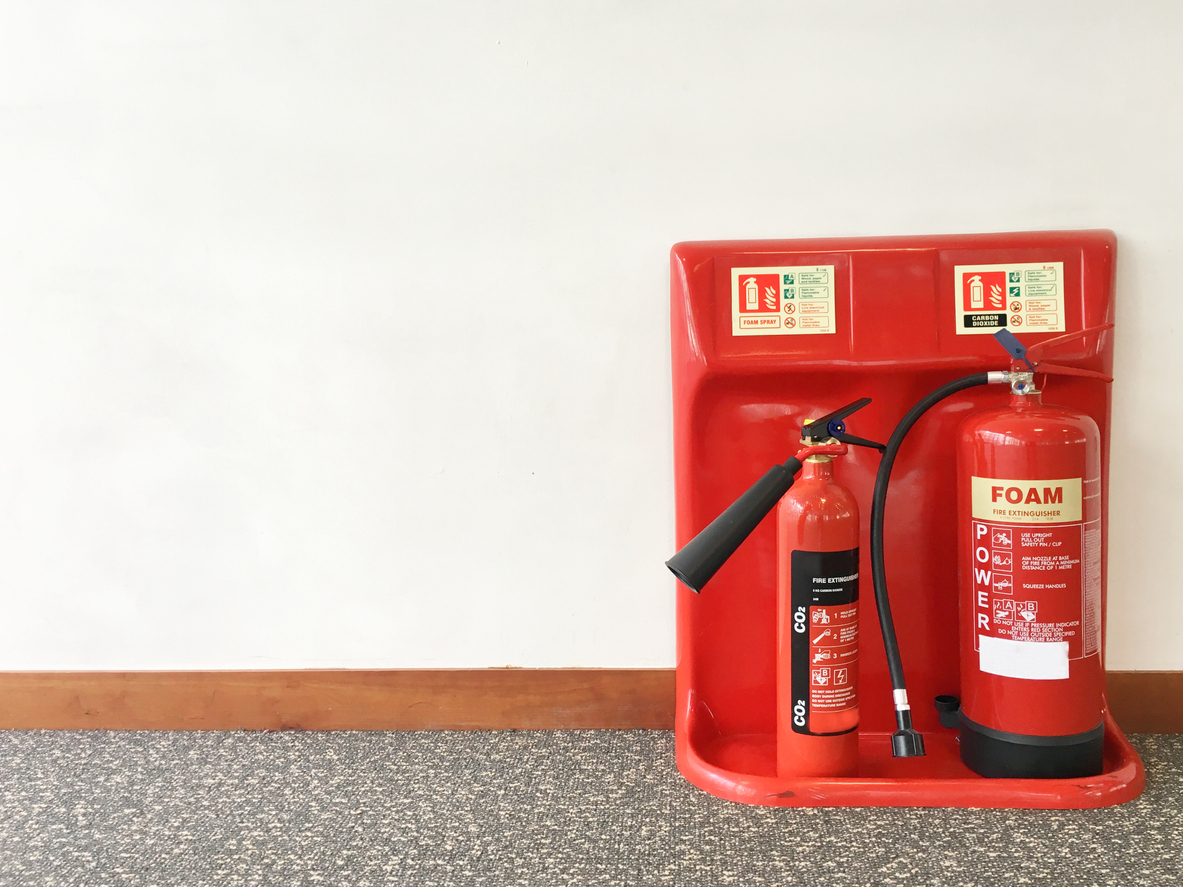
How to Safely Use a Fire Extinguisher
Fire extinguishers are used to combat fires. You may have seen fire extinguishers attached to walls in public spaces, such as offices and schools and can be used in an emergency. The operation of a fire extinguisher is not difficult, but it is safer to familiarize yourself with them, in case the situation arises. Labels for use are printed on each fire extinguisher, however, in an emergency you may not have the time to read these ardently. There are some protocols to follow, which will greatly improve your chances of success when using a fire extinguisher. You may be wondering which fire extinguisher to use. It is known that water fire extinguishers are best for combatting Class A fires. You must also remember to never use it on burning fat or oil or electrical products. So let’s learn how to use a fire extinguisher.
Identify an Escape Route
It is vital to ensure that you have mapped out a fire escape route. Known entrances and exits will be marked and are often locked for security so that people do not use them when it isn’t an emergency. Once you have identified this route, be sure that you can guide people as easily as possible.
Stand Back
Keep enough distance so that the cloud envelops the entire fire as much as possible. Delete! Extinguish wildfires from the front and bottom! Not from behind or above. Always extinguish the incendiary material and not the flames. What is the advised distance to use a fire extinguisher from? Officially, it is between 8 and 12 feet if possible.
Dismount / Discharge Fire Extinguisher
You must dismount the fire extinguisher from the wall and remember the following – P.A.S.S – here is how you can safely use a fire extinguisher.
- P – Pull – You must pull the pin to break the tamper seal.
- A – Aim – Aim low at the fire at ground level.
- S – Squeeze – Squeeze as tightly as possible until the liquid releases.
- S – Sweep – Sweep from side to side to extinguish the fire.
Keep aware of surroundings
You must ensure that there is nobody near you that could be injured by the use of the fire extinguisher. Ensure that you are aware of your surroundings. Is anyone nearby? Are you standing in a dangerous position, such as the top of a staircase? Try to be as aware as possible in this difficult situation. In the case of major fires, use several fire extinguishers at the same time and not one after the other.
Call the fire brigade
Finally, one of the most important things to do is ensure that you call the emergency services. Some offices and buildings already have this system implemented, so that they are informed immediately, but if not, call them.
Get to safety
Once out of the building and in a safe outdoor space, you must make a headcount and ensure that everyone is out of the building safely. Do not re-enter the building and wait for professional assistance.
When Should You Use a Fire Extinguisher?
Using a fire extinguisher is appropriate when the fire is small, contained, and not spreading rapidly. You should also know which type of fire extinguisher to use based on the type of fire. It’s safe to attempt extinguishing a fire if you have a clear exit route that will remain unblocked, regardless of whether your attempt to put out the fire is successful or not. If the fire has already grown, produces a lot of smoke, or if your safety is at risk, it’s best to evacuate the building immediately and call emergency services.
Who Can Use a Fire Extinguisher?
Anyone who is physically capable and has been trained on how to use a fire extinguisher can operate a fire extinguisher. Training should include the identification of different types of extinguishers and their specific uses, as well as the execution of the PASS technique (Pull, Aim, Squeeze, and Sweep). Households and workplaces need to ensure that people know where extinguishers are located and have the confidence and knowledge to use them during emergencies. This knowledge should be provided by a responsible person who is designated with the task of ensuring effective fire safety measures are in place.
Common Fire Extinguisher Mistakes
If you’re intending to use a fire extinguisher to stop a fire, make sure you know what you’re doing. Some of the most common mistakes in using fire extinguishers include:
- Not pulling the pin, which prevents the extinguisher from operating.
- Aiming at the flames rather than the base of the fire.
- Squeezing the handle sporadically instead of steadily.
- Sweeping the nozzle side to side too rapidly.
Also, using the wrong type of extinguisher for a particular class of fire can be ineffective and potentially dangerous. Always check the label and ensure you’re using the correct extinguisher for the fire you’re facing.




